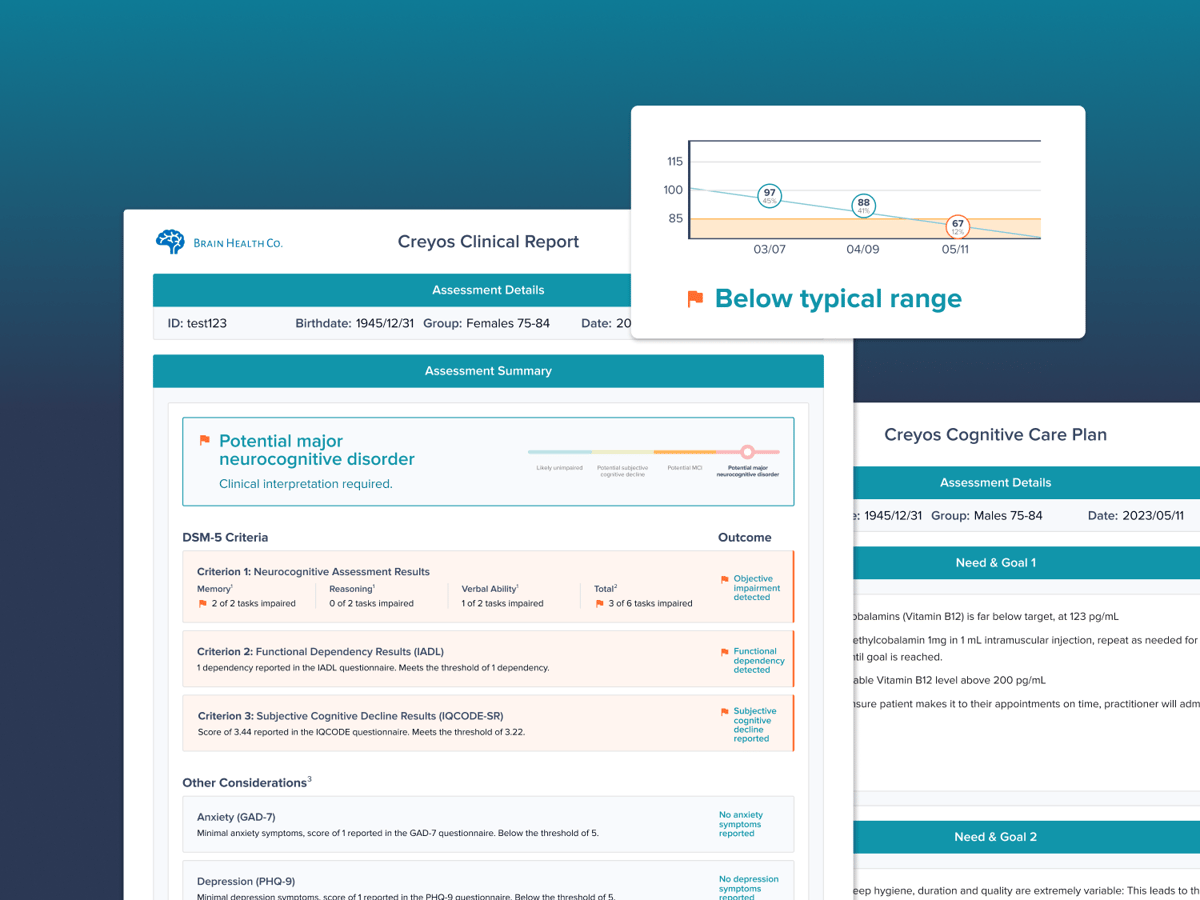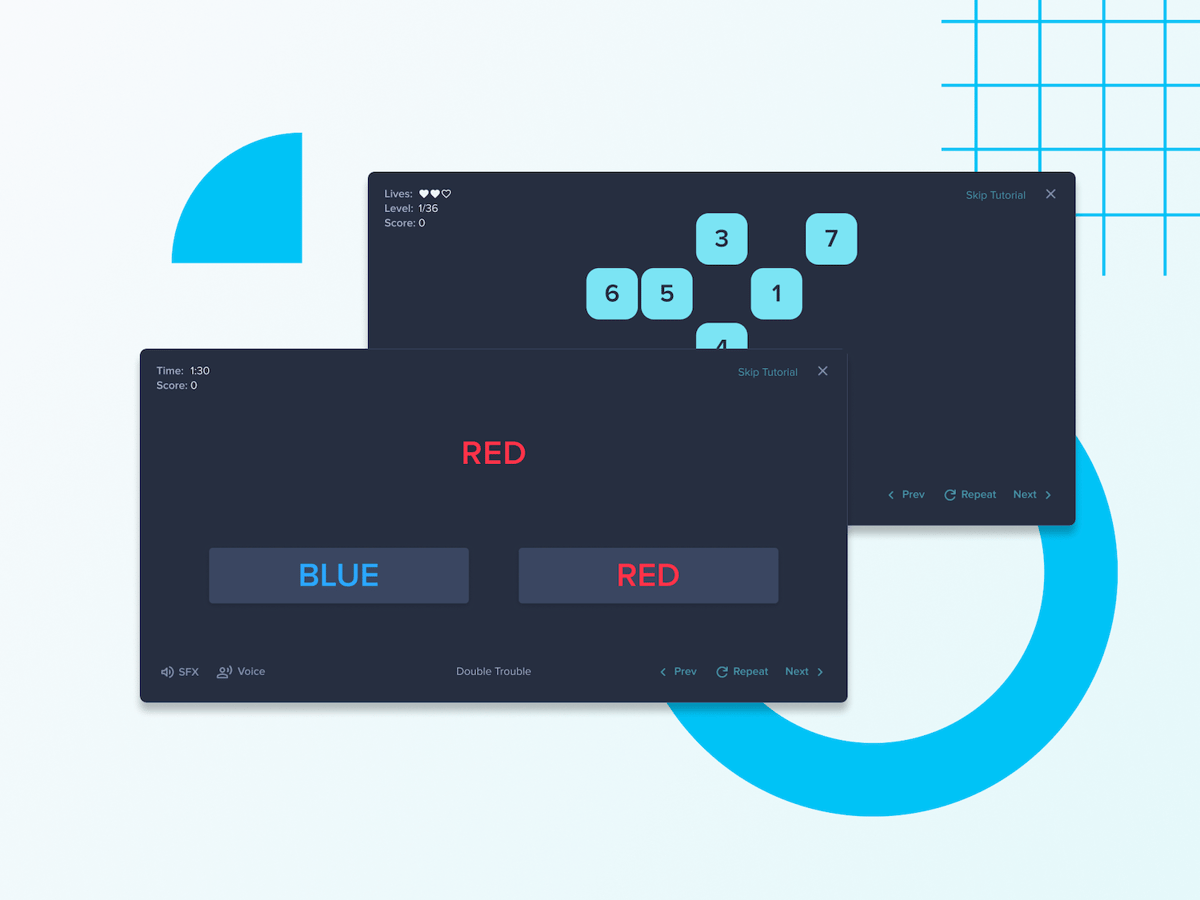
The Creyos Dementia Assessment and Care Plan
Accurate dementia detection is more important than ever....
Read article
Alzheimer’s dementia affects more than 11% of adults over 65, but only a fraction ever receive a formal diagnosis. The result: patients miss timely interventions, RAF scores don’t reflect true risk, and systems shoulder the cost.
This gap is both a clinical and financial liability - especially as CMS-HCC V28 raises the bar for specificity, accuracy, and compliance.
This guide explores how precise detection and coding can elevate care quality, improve RAF accuracy, and protect financial performance under V28.
Practical strategies for balancing risk capture and quality care.


Breakdowns that show how coding has evolved and what CMS auditors look for in documentation

Analysis of early vs. delayed dementia detection with itemized per-patient annual cost differences

Sample notes showing compliant, specific capture of mild, moderate, and severe dementia
Read More About How Creyos Supports Better Dementia Care

Accurate dementia detection is more important than ever....
Read article

Cognitive health technology has the potential to enhance...
Read article

Social and environmental factors impact brain health—a fact...
Read article